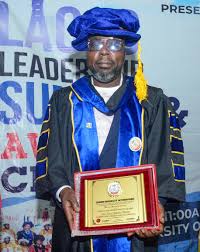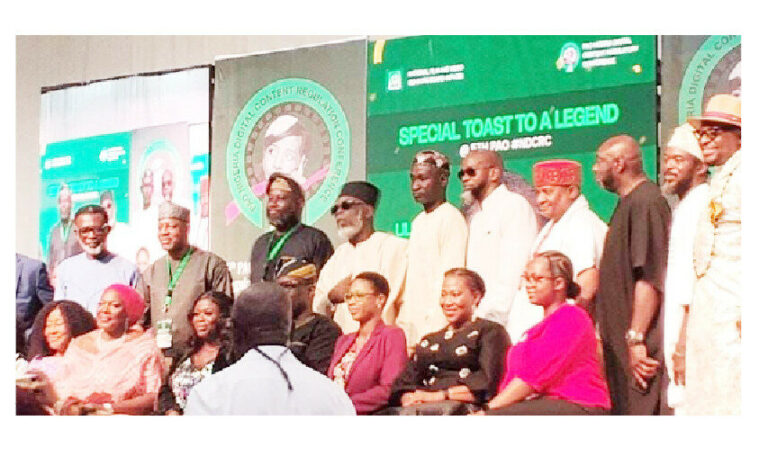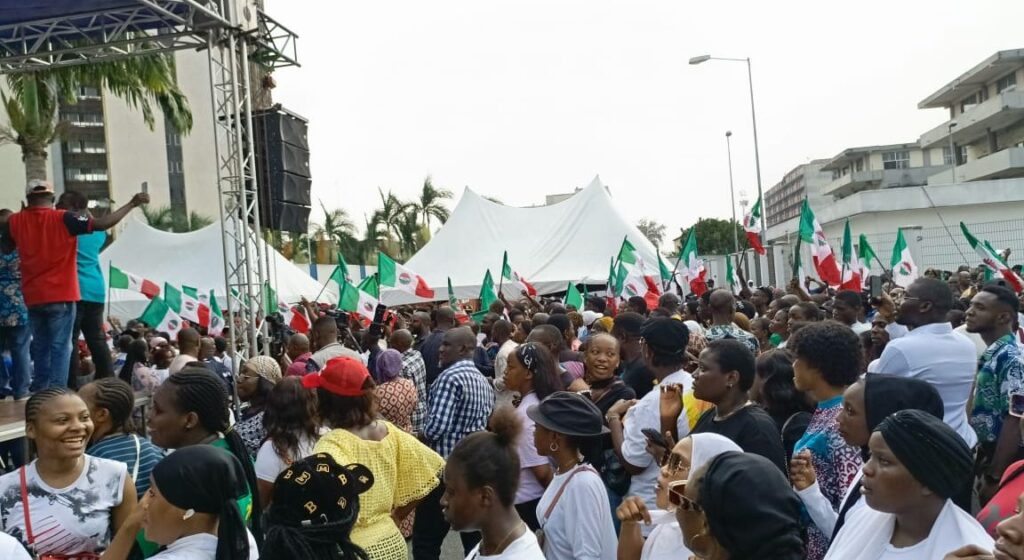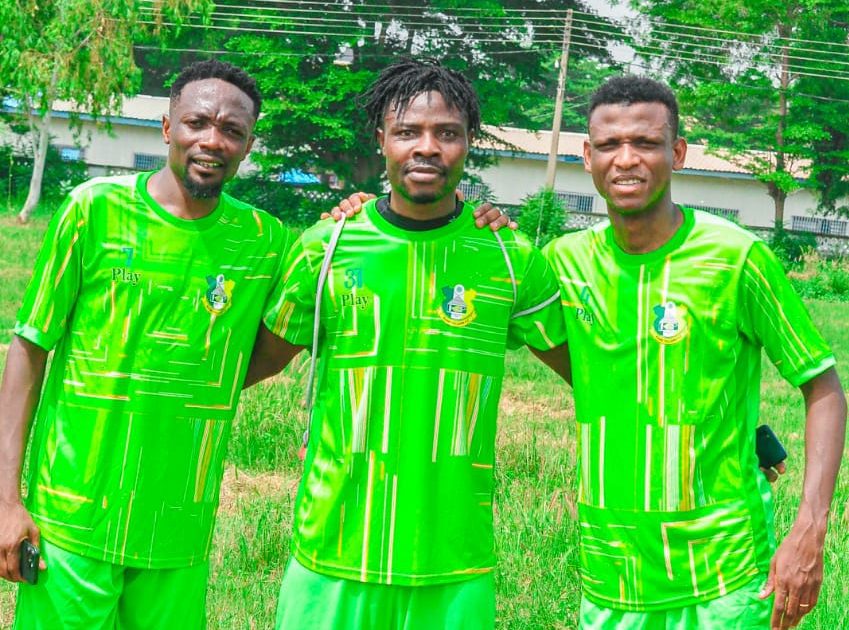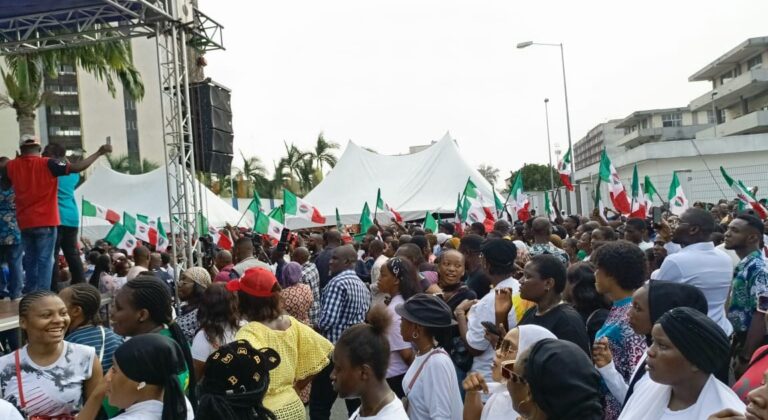Whoever said that Nigerians do not make a good theatre audience lied, because ‘La Bayadère’ (The Temple Dancer), a Seoul Arts Centre (SAC) On Screen, 2 hours, live theatre recorded adaptation of the classical ballet production, proved them wrong.
The audience not only stayed put but was also engaged, interacting with and relating to the dialogue-less production, which brought together over 120 talented dancers, 200 beautiful costumes, and a simple yet opulent setting, set in four acts.
Created by dramatist Sergei Khudekov and French choreographer Marius Petipa, ‘La Bayadère’ was first performed publicly in 1877 in St Petersburg, Russia, and tells the tragic love story between temple dancer, Nikiya, and a noble warrior, Solor, whose love was torn apart by betrayal and vengeance, and the enduring love that unites them after death.
The Korean adaptation of the classic ballet, screened to the Nigerian audience, was created in 2001 and performed in the US to great acclaim.
The Nigerian audience did not only relate with the forbidden love, betrayal and vengeance themes, but reacted to it, with impassioned calls like – “The Igwe must hear this”, “Your head is going down”, “Hide away, now,” when the High Brahmin (Hindu Priest) spies the noble warrior, Solor and the temple dancer, Nikiya, vowing their eternal love to each other over a sacred flame.
In fact, the audience went so far as to allude, the High Brahmin’s desire to have Nikiya for his bride to the ‘Ned Nwoko and Regina Daniels situation’, with one particular audience member stating loudly – “Look at this old man, how can you expect this young and beautiful girl to marry you? You think this is a Ned Nwoko and Regina Daniels situation?” which had the entire audience in stitches.
Speaking to LEADERSHIP on its recent stretch of dance film screening as part of its cinema culture programme, KCCN’s External Relations and Programme Officer, Chidimma Tobins, said, “This month is all about ballet.
(Korea) wanted to show that dance transcends language barriers. As you saw there was little to no dialogue, yet everyone could understand it. This shows that art can be appreciated regardless of language.
“It also shows that art is fluid, because this production was originally done in Russian, but was re-adapted to Korean theatre.
Just as it made sense to the Korean audience, so it is relatable to Nigerians.


